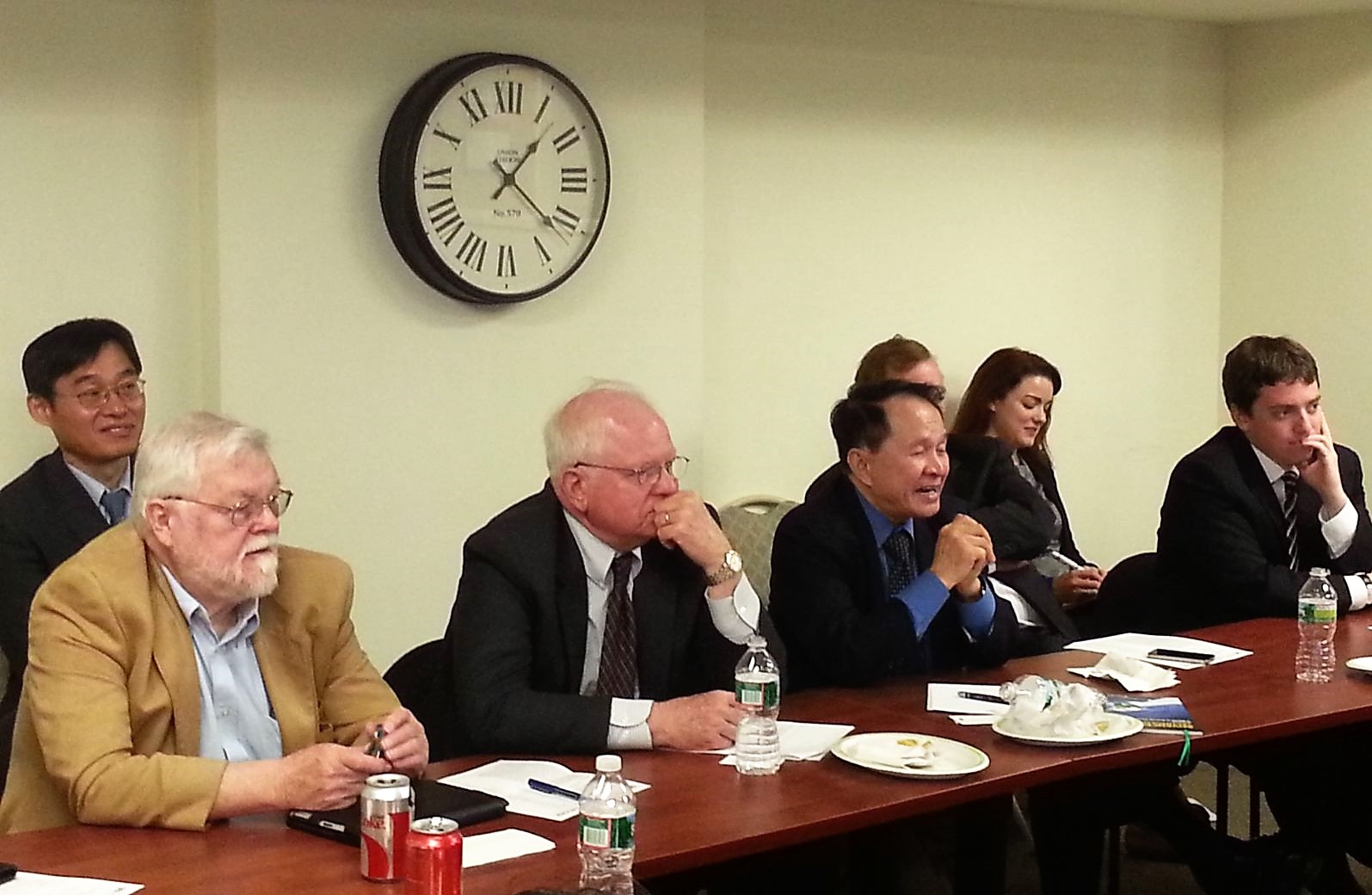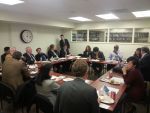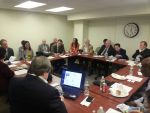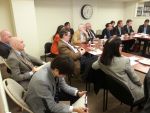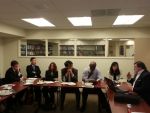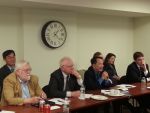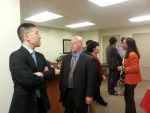Interest in renewable energy has grown in recent times due to the need for enhanced energy resilience and diversity in energy sources, increased sensitivity to environmental and air quality issues, heightened awareness of carbon emissions and climate change, and the imperative for greater energy efficiency. Although the US continues to be a world leader in renewable energy technologies, the development, installation, and operation of renewable power sources in the US face considerable challenges, most visibly from the perceived abundance of natural gas. While natural gas presents the most obvious impediment to the deployment of renewables in the US, it certainly is not the only obstacle. Renewables must deal with the difficult issue of intermittency, and the costs of storage are extremely high. The potential for renewable sources such as wind and solar also vary significantly from region to region, and these regional differences, on top of political disagreements and entrenched economic interests, make it difficult to reach a consensus on renewable energy policy. Given that the deployment of renewables, particularly wind, is sensitive to the availability of government subsidies, the lack of consensus is especially detrimental to the development of a strong renewable energy sector. The future of renewables in the US will depend on coordinated public policy, and an understanding of the policy tools available—direct subsidies, credit support, loans, standards and siting, and R&D funding.

